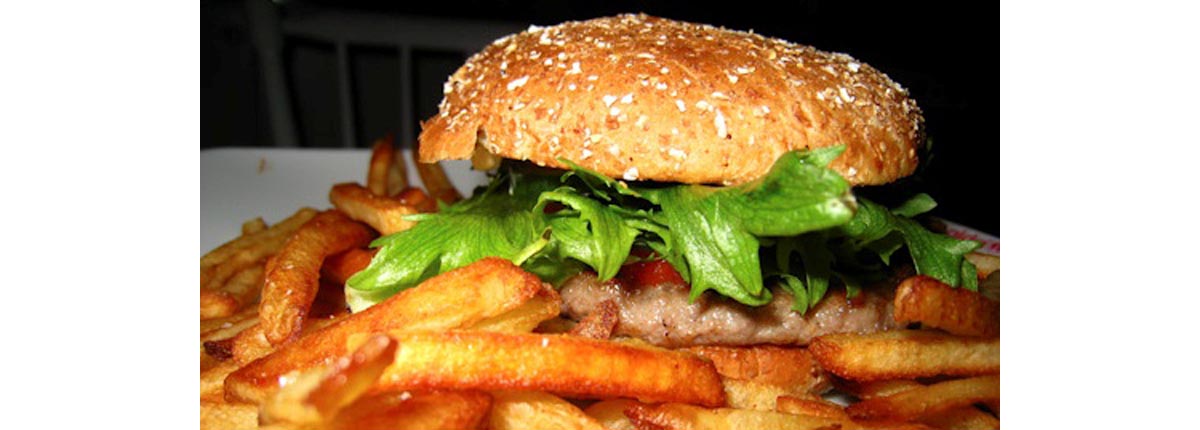Table of Contents
While you may suffer from all four of these potential dieting roadblocks and feel like there’s no way you can stop your random eating, there are plenty of solutions to the issue.

Go for a Walk
To beat the boredom conundrum, next time you feel yourself reaching for food at work or at home, get up and go for a walk. If you’re at home, a brisk stroll round the block is an ideal way to get some fresh air, stop you being bored, and prevent unnecessary eating. At work, get up from your desk and do a quick lap of the office to release tension and boredom – just make sure you don’t pass the canteen on your route!
Make New Rules
Don’t get dragged into eating because you feel you have to. The conventional advice of having to eat every two to three hours certainly doesn’t apply to everyone. If you’re eating on a schedule, purely because a certain diet plan said to do so, or someone told you this was the best way to go, then stop. Use your hunger as a guide.
If you’re feeling hungry, then have a small, healthy snack. If not, don’t have anything. If you’re not too sure, drink a big glass of water, let it go down for 15 minutes or so, and then assess again.
Eat More Protein
If you gave two people different diets, but with the exact same number of calories but a different amount of protein, carbohydrate and fat, taking genetics and exercise out of the equation, you’d expect them both to lose weight at the same rate, right?
Wrong.
While it’s absolutely true that calories are the most important factor in any diet, regardless of goals, the composition of the diet matters too.
Carbs digest quickly in comparison to protein and fat and can cause a very rapid, steep rise in blood sugar levels, followed by an abrupt drop, which makes you feel like you need food again soon after.
High protein, moderate fat diets, with a low to moderate amount of carbohydrate however, digest far more slowly and don’t have such a negative impact on blood sugar levels and hormones, making you feel more satisfied and less likely to eat when you don’t need to.
Switch your chips, candy and bread to green veggies and low sugar fruits, make sure you have some lean protein in every meal and add a small portion of slower digesting carbs like brown rice or sweet potatoes or a healthy fat source such as peanut butter or avocado to every meal.
Distinguish Between Hunger and Cravings
This is a tough one, but if you want to succeed on your diet, you need to nail it.
Most people aren’t actually hungry most of the time they eat. Sure, after five or six hours with no food, there will be a rumble in your stomach and you’re probably ready for food, but quite often, you’ll just see food, or think about it, and your brain decides at that point that it’s going to tell you you’re hungry.
This is just a craving though.
To distinguish between actual hunger and cravings, ask yourself this –
No matter who you are, no one likes lettuce enough to eat a huge bowl of it, unless they’re really hungry. If you’d eat the lettuce, have something to eat, if you wouldn’t, keep going on and recognize that your hunger is actually a craving.
- “Avoid the Fat Trap: Three Tips to Solve Obesity”, By Charles Poliquin
- Accessed on September 16th, 2012, Retrieved from http://www.charlespoliquin.com/Lifestyle/StayHealthy/246/Avoid_The_Fat_Trap__Three_Tips_to_Solve_Obesity_.aspx
- Photo courtesy of spiken on Flickr: www.flickr.com/photos/spiken/3160978623
- Photo courtesy of foodjunk on Flickr: www.flickr.com/photos/foodjunk/5248998994

